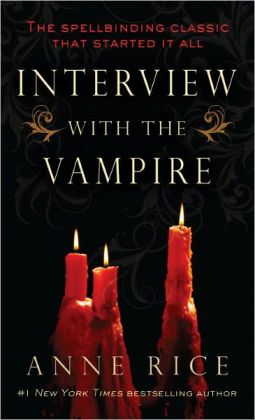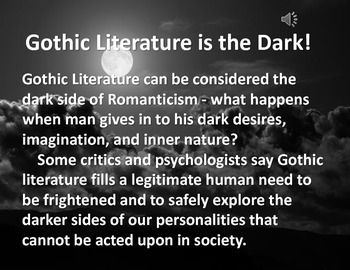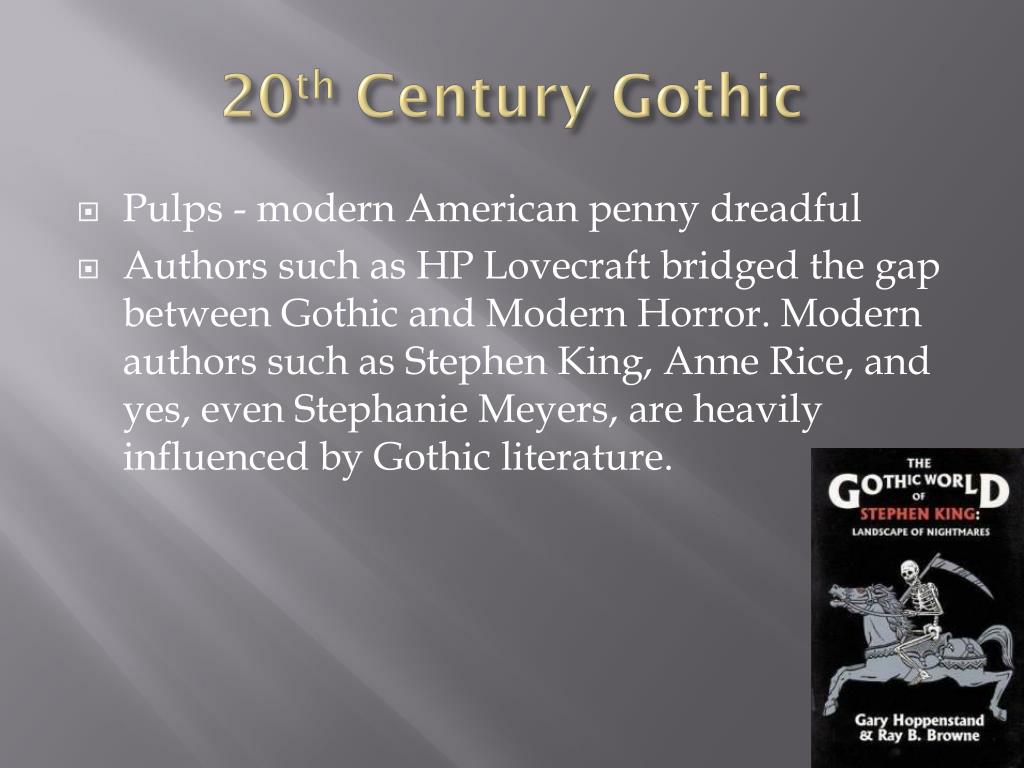
They are either captivated in an isolated castle or pursued by some paranormal being or a cruel aristocrat. In Gothic fiction, we see that the female protagonist is always in trouble which is, no doubt, another one of the major elements of Gothic literature. The character of Heathcliff from Emily Bronte’s ‘ The Wuthering Heights ’ and Manfred from Walpole’s ‘ The Castle of Otranto ’ give perfect examples of the protagonist as an anti-hero. He is doomed and gradually moving towards his ultimate decay. Sometimes, we see the protagonist carrying the burden of guilt and suffering from inner torments. He is the main focus of the story, yet at same time we see the monstrous elements of his personality. The Protagonist As Anti-HeroĪnother key element of Gothic fiction is to display the protagonist, mostly a male character, as an anti-hero.

The emotional extremes of characters are quite visible in Ann Radcliffe’s ‘ Mysteries of Udolpho ’, M.G, Lewis’s ‘ Monk ’, Mary Shelley’s ‘ Frankenstein ’, and Charlotte Bronte’s ‘ Jane Eyre’ 5. The language of Gothic novels is also highly emotional. The events like murder, abduction, and tragic insanity arouse a deep sense of emotional burst in the characters. They are always in panic and sometimes suffering from the inner torments. The fear of the unknown and inexplicable intensifies their emotions. The characters are screaming, sobbing, frightening, raging, and swooning in the story. The Gothic novels and stories are melodramatic. Bram Stoker‘s ‘ Dracula’ and ‘The Castle of Otranto’ by Horace Walpole reveal the existence of supernatural elements. The Gothic writers utilized these paranormal forces as a means of exploring the fear of the unknown and uncontrollable.

Some novels of Gothic literature demonstrate the supernatural elements as a result of some natural phenomenon, while others show them as truly paranormal. We also find inanimate objects coming to life such as the armor suit suddenly starts walking like a man or the painting of a dead person starts speaking. In Gothic novels, we see ghosts or monsters pursuing the protagonist and dead people coming to life and scaring people. Affiliation With Supernatural Forces Supernatural Forces in Gothic literatureĪnother key element of Gothic literature is its affiliation with supernatural forces such as ghosts, vampires, giants, monsters, demons and zombies. Emily Bronte’s ‘ Wuthering Heights ’ and Wilkie Collins’s ‘ The Woman In White ’ are good examples of dark and mysterious atmospheres. All these elements contribute to the mysterious atmosphere of the story. The door opens and closes itself yet no one appears in sight. The characters or even the inanimate objects have the tendency to disappear. The plot of Gothic novels also consists of a lot of mysterious happenings. The darkness of night restrains the ability to see clearly and creates an atmosphere of uncertainty-a condition in which a character doesn’t know what lies ahead. The night is the key motif in Gothic novels.

The atmosphere of darkness, mystery, and suspense always prevail over Gothic literature. ‘ Wuthering Heights ’ and ‘ Jane Eyre ’ also reveal Gothic settings. In Mary Shelley’s ‘ Frankenstein ’, most of the scenes open in desolate and haunted locations such as graveyards, gloomy old castles. These eerie locations also contribute to the feeling of fear and threat. The forests and wilderness in Gothic novels are symbolic of evil, sin, and immortality. Sometimes the action takes place in or near graveyards, dark forests, and wilderness. There are in fact the key elements for developing a gothic atmosphere.

The architectural features of the buildings such as pointed towers, trapdoors, mysterious corridors, rusty hinges, and secret tunnels, all serve to entrap their helpless victims. In some novels, we see the protagonist being trapped in such places, either by some supernatural being or a callous villain, and hardly finds a way to go out. The desolation and scariness of the place have a tendency to invoke fear and terror in the character as well as the reader. A Gothic novel always opens in old castles, desolate mansions, haunted and abandoned houses, enchanted monasteries and ruined buildings – all displaying the aesthetics of Gothic architecture. A Desolate, Haunted Setting A Desolate, Haunted SettingĪ desolate, barren, and haunted setting is one of the major key elements in Gothic literature.


 0 kommentar(er)
0 kommentar(er)
